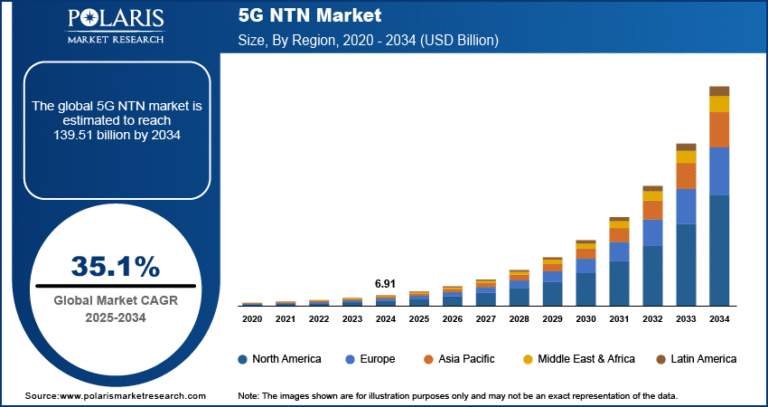Middle East Distribution Meter Market Size, Share & Trends Analysis growing at a CAGR of 4.5% from 2025 to 2030

The Middle East distribution meter market size was valued at USD 4.96 billion in 2024 and is projected to grow at a CAGR of 4.5% from 2025 to 2030. One of the key growth drivers for this market is higher energy demand in the region. Increasing adoption of technology-driven devices and systems by businesses, unceasing growth in per capita electricity consumption, and continuously growing demand for uninterrupted power supply in economies such as Saudi Arabia, UAE, and others are fueling the growth of this market.
Request a free sample copy or view report summary: https://www.grandviewresearch.com/industry-analysis/middle-east-distribution-meter-market/request/rs1
Owing to increased electricity demand and the imminent introduction of regulatory frameworks mandating smart meters’ installation. The energy-rich Gulf Cooperation Council (GCC) countries invest in infrastructure development to boost the oil & gas industries, thereby increasing their industrial base.
Government initiatives and electricity utility companies are expected to increase the installation of smart meters, thereby increasing market demand over the forecast period. The key objective of installation includes reducing transmission and distribution losses. Smart meters provide two-way communication between suppliers and consumers, clarifying supply and demand requirements in a particular region.
The surge in activities such as upgrading meters, generating capabilities, and transmission systems is expected to favorably impact the Middle East distribution meter market growth over the next few years. Furthermore, rising demand for advanced metering and smart grid infrastructure is anticipated to bolster the demand over the forecast period.
Product Insights
Based on products, the digital segment dominated the global industry with the largest revenue share of 96.5% in 2024. The digital segment incorporates significant opportunities over the forecast period owing to the potential benefits. It is expected to unite local and international technologies for distribution, automation, and smart grids. One of the key drivers behind the growth of the digital segment is the ever-increasing replacement of electromechanical with digital counterparts, especially smart meters, which incorporate high efficiency, reliability, and easier integration of renewable energy sources, such as solar energy.
Electromechanical meters, also referred to as Ferraris or analog meters, operate with the help of metallic discs. The rotation of the disc in a clockwise direction is used as a medium for the measurement of power consumption. Electromechanical meters are a traditional device that provides data on cumulative energy usage.






